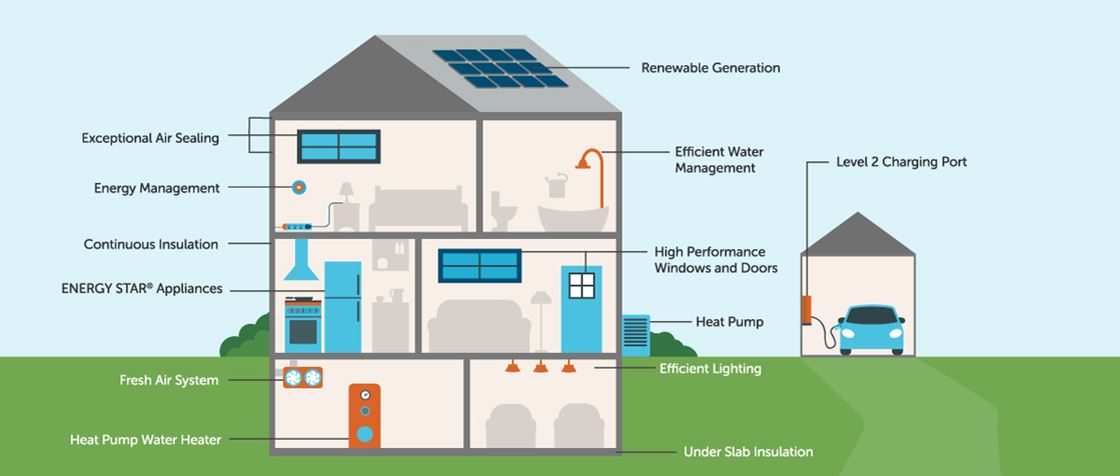Antares Cleaning Solutions
Your go-to source for cleaning tips and industry insights.
Energize Your Nest: How Going Green Saves You Green
Transform your home with eco-friendly hacks that save money and the planet. Discover how going green can boost your budget today!
Top 5 Eco-Friendly Upgrades That Save You Money
In today's environmentally conscious world, eco-friendly upgrades not only help reduce your carbon footprint but can also lead to significant savings. Making strategic changes in your home can lead to lower utility bills and increased property value. Here are the top 5 eco-friendly upgrades that can save you money:
- Installing Energy-Efficient Windows: Replacing old windows with energy-efficient models can drastically reduce heating and cooling costs. These windows are designed to minimize heat transfer, keeping your home comfortable year-round.
- Upgrading to LED Lighting: Switching from traditional incandescent bulbs to LED lights consumes up to 75% less energy and lasts significantly longer, leading to lower electricity bills.
- Adding Insulation: Proper insulation in your walls and attic keeps your home warm in the winter and cool in the summer, reducing the need for heating and air conditioning.
- Investing in Solar Panels: While the initial investment can be substantial, solar panels can significantly reduce your electricity bill and may even allow you to generate excess power to sell back to the grid.
- Utilizing Smart Thermostats: Smart thermostats learn your schedule and adjust your home’s temperature accordingly, which can lead to substantial savings on energy costs.

How to Create a Sustainable Home Without Breaking the Bank
Creating a sustainable home doesn't have to strain your wallet. Start with simple practices like reducing energy consumption. You can achieve this by switching to LED lighting, which uses up to 75% less energy than traditional bulbs. Additionally, you can invest in energy-efficient appliances, which may have a higher upfront cost but result in significant savings on your utility bills over time. Another budget-friendly tip is to enhance your home’s insulation—an insulated home retains heat better during winter and keeps cool in the summer, reducing your reliance on heating and cooling systems.
Incorporating eco-friendly materials in your home can also be done on a budget. Consider using reclaimed wood for your furniture or DIY home decor projects. Not only does this contribute to a sustainable lifestyle, it also adds a unique charm to your space. You can also explore local thrift stores for second-hand furniture, which is not only cost-effective but also prevents waste. Finally, don't forget to incorporate plants into your home; they purify the air and enhance your living space, bringing the beauty of nature indoors without a hefty price tag.
Is Going Green Really Cost-Effective? Here’s What You Need to Know
In recent years, the concept of going green has gained significant traction as individuals and businesses alike look for ways to reduce their environmental impact. However, a common question arises: Is going green really cost-effective? The answer isn't so straightforward, as it can vary depending on numerous factors such as location, implementation methods, and the specific practices being adopted. For instance, switching to renewable energy sources like solar or wind can have a high initial cost but may lead to substantial savings on energy bills over time, making it a potentially cost-effective choice in the long run.
Moreover, there are also many immediate benefits associated with going green that can lead to cost savings. For example, energy-efficient appliances not only help reduce energy consumption but often come with rebates and tax incentives that can offset purchase costs. Additionally, implementing a green office policy can reduce waste and improve employee productivity, further enhancing business profitability. Ultimately, the key to understanding cost effectiveness lies in evaluating both the short-term and long-term savings while keeping environmental benefits in mind.